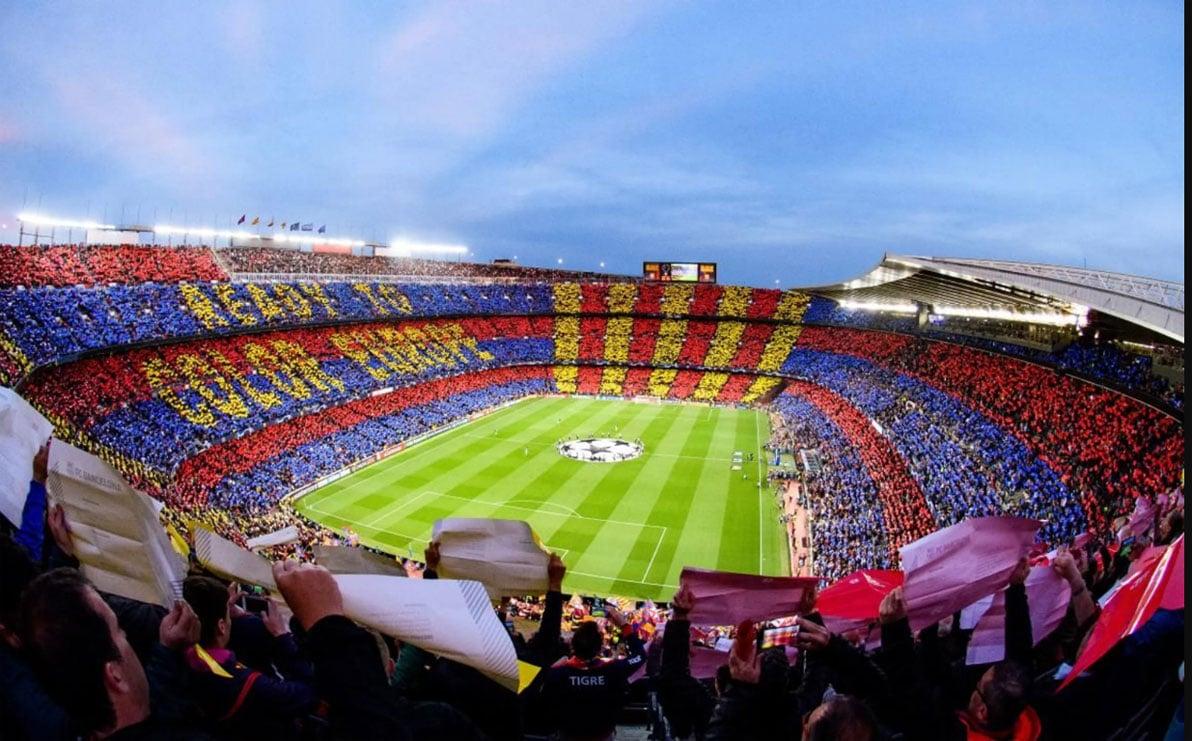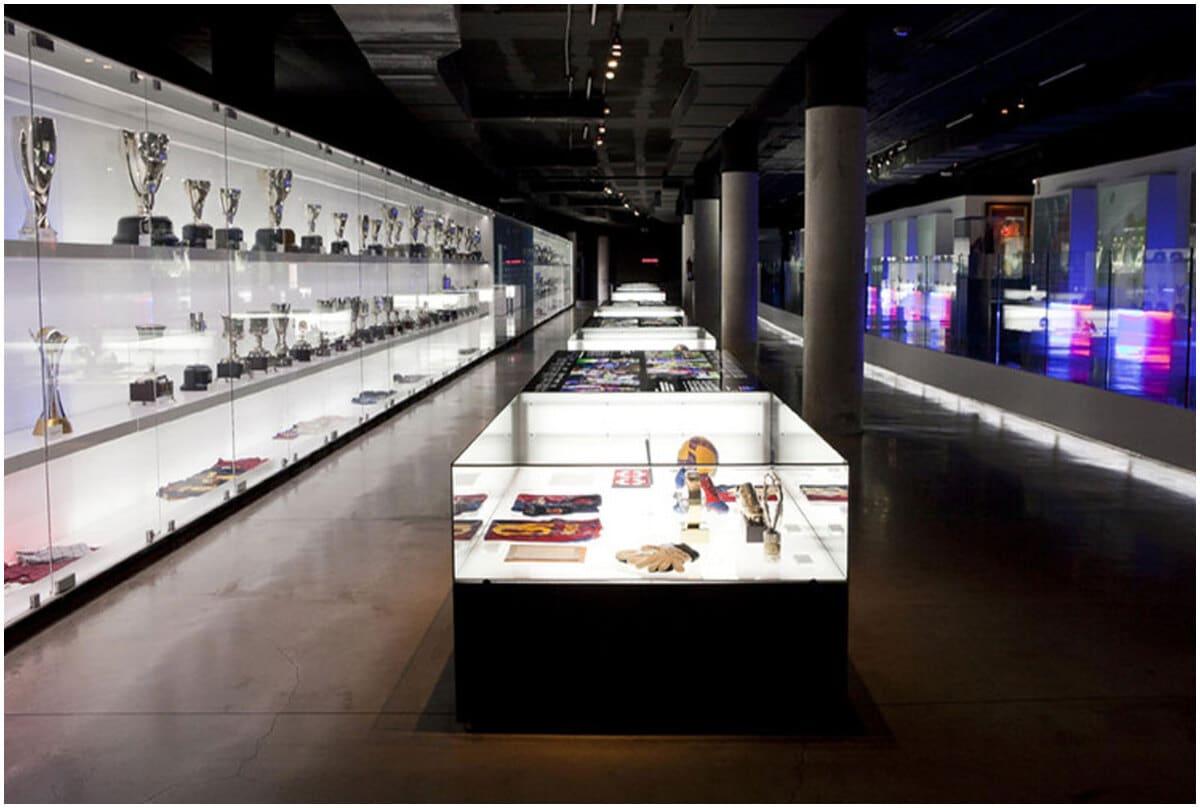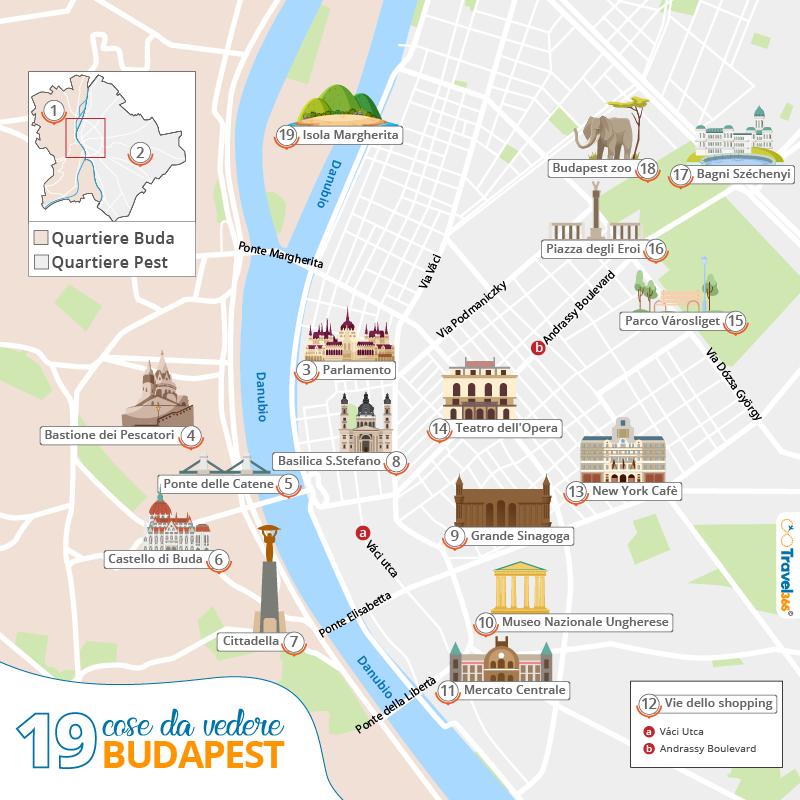Visit Barcelona's Camp Nou stadium and the museum of one of the most successful football clubs in the world!
Even if you're not a die-hard football fan, the stadium will appeal to you. A visit to the Barcelona football stadium means learning all about the extraordinary history of a football team that represents the city, the Catalan region and even the Catalan language. Moreover, FC Barcelona has become the identity of the Catalans, hence the expression Barça 'més que un club', or 'more than a club'.
History of the Camp Nou.
The history of the Camp Nou is closely linked to that of FC Barcelona. Before its construction, the club used the Camp Vell ("Old Stadium"), built in 1922 in the same neighbourhood. In 1966, when it was demolished, its capacity was already close to 60,000. The end of the 1940s was a golden period for FC Barcelona, a period in which they received two Spanish league titles in 1948 and 1949. These successes led the Catalan club's directors to consider building a new stadium that would offer a larger capacity.
At the end of 1950, the club bought the land where the new stadium was to be located. However, disagreements with the authorities over the location of the stadium delayed the start of the work and it was not until 28 March 1954 that the first stone of the future stadium was laid. The Camp Nou was designed by the architects Francesc Mitjans Miró, Josep Soteras Mauri and Lorenzo García Barbón. It took more than three years to build and cost 288 million pesetas, far more than the 67 million initially planned.
The Camp Nou means "new stadium" in Catalan.) FC Barcelona has been the resident club since its inauguration on 24 September 1957. With a capacity of 99,354 seats, the Camp Nou is in fact the largest stadium in Europe and one of the largest in the world by this standard. It is a 5-star rated stadium by the Union of European Football Associations (UEFA), which has allowed it to host many international matches, including several Champions League finals. The last one was the 1998-1999 final.
Its official name was for a long time Estadi del FC Barcelona. It was not until 2000 that the club held a vote to change the name. The most popular nickname Camp Nou was adopted and became the new official name.
The visit of the Camp Nou.
This colossal football arena is impressive. Whether you are a Barça fan or just coming for a guided tour, you will enjoy the jovial atmosphere, the pride of the region.
2-1. Discovering the stadium.
The visit to the Camp Nou begins with a tour of the stadium. You will enter the stadium through the changing rooms, following the same route as the players until you reach the playing field. You will be able to walk on the grass that has hosted so many football matches.
While listening to the history of the stadium and the best victories of its team, you will discover:
The players' entrance tunnel.
This is the mythical place where all the stars of FC Barcelona and many other clubs that have come to play gather before entering the field.
The players' changing rooms.
In a total area of 850 m² you can see benches, a technical area with offices for the trainers, lockers with the names of the players, a water area with a swimming pool and jacuzzi, and a medical area.
The chapel.
This is one of the specificities of the Catalan stadium and some other stadiums in Europe where there is an altar above which there is a statue of Mary of Montserrat, patron saint of Catalonia.
The commentators' booth and the area around the pitch.
To discover the booth, you can sit directly on one of the 192 desks and read their views.
Alternatively, you can go very close to the edge of the pitch and sit on the bench.
The press conference room and the mixed zone.
In the press conference room, the players answer questions from journalists from all over the world.
In the mixed zone, the journalists are seated for interviews after the matches.
2-2. The F.C Barcelona museum.
The final point of the visit is marked by the F.C. Barcelona Museum. It is a space that allows you to know through photographs and memories the trajectory of the club, which began more than 100 years ago. You will also find various trophies and personal objects of great legends who have been part of the team.
When and how to get there?
The best way is to buy tickets in advance and avoid the long queues.
The stadium is open every day except 1 January and 25 December and is generally open from :
10am to 6.30pm between October and April
9.30am and 7.30pm the rest of the year.
For prices, here are the prices by category:
26 € for 11-69 year olds
20 € for seniors over 70
20 € for 5 - 10 year olds (only accompanied by an adult)
Free admission for children under 5 years old
Unfortunately, due to renovation work, you will not be able to attend a match. Only the museum, the trophy room and the other parts of the stadium are accessible. When asked when the fans will be able to visit the stadium again, Laporta gave a deadline of three years. "We expect the stadium to be finished in 2025.
For football fans, the Camp Nou will undoubtedly be a paradise. And there must be something magical about it to be one of the most visited "museums" in Spain. All the more reason to say that it will undoubtedly appeal to everyone.




